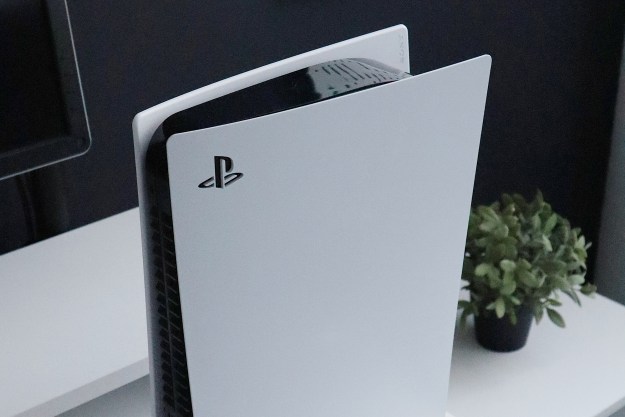The next generation of consoles will bring significantly faster load times, stunning graphics, and higher game prices. While players will be thrilled about the first two changes, they’re likely to be less happy about the third.
Among other things, Take-Two Interactive Software announced on Thursday that NBA 2K21 would carry an MSRP of $69.99 for the PlayStation 5 and Xbox Series X versions of the game. Other publishers haven’t announced pricing for their titles, but expect them to follow suit.
“We believe our suggested retail price for NBA 2K21 on next-generation platforms fairly represents the value of what’s being offered,” said a 2K spokesperson. “While we are confident that NBA 2K21 will be a monumental leap forward for the franchise and a standout visual showcase on next-generation consoles, we recognize that it’s our responsibility to prove this value to our fans and NBA 2K players. We’re looking forward to doing so and can’t wait to show more in the upcoming months.”
That $10 price jump in the base cost of a game is likely to spark an uprising in the hardcore gaming community, one that’s both predictable and unnecessary. While nobody likes to pay more for things, especially in the midst of a pandemic, price increases on game software are long overdue – and publishers’ reluctance to pull that trigger has ultimately had a damaging effect on the industry.
An 18-year run
The last time publishers increased the base price of games, with the exception of deluxe and special editions, was 2002, when the phase out of the $50 price tag began (it took a few years to go industrywide).
That’s an 18-year run, which is a remarkable amount of time for anything to stay the same price. Had video game prices increased at the standard rate of inflation, they’d cost over $85 today.
While game prices have stayed flat, the cost of making a AAA game has gone up substantially in that time. These days, the average AAA game costs somewhere in the neighborhood of $60 million to create. Epic, cinematic games like The Last of Us 2 or Grand Theft Auto V can cost twice as much. That’s before marketing costs, which can range from $30 million to as high as $100 million, depending on how important a title is to the publisher.
To make up the difference, publishers have, over the past several years, been leaning harder into microtransactions and loot boxes. The latter of those has brought the entire industry into the crosshairs again, at one point giving birth to a bipartisan bill that sought to ban the sale of games that included loot boxes to children.
That bill failed. But over in the U.K., the House of Lords this week urged the government to immediately “bring loot boxes within the remit of gambling legislation and regulation.” The mental health director of the U.K.’s National Health Service has also called for a ban on loot boxes.
The human factor
There’s also the human factor to consider. Video game studio employees make more than the national average, but they’re hardly getting rich. A 2019 survey of the industry by the International Game Developers Association found 17% of respondents earning between $50,000 and $75,000 per year. The same amount made between $75,000 and $100,000 per year.
That same survey found that 41% of the industry’s workers said crunch time was a part of their job, an improvement from 2017’s 51%, but still an unacceptably high number. Crunch-time hours can go as high as more than 70 per week.
Raising the cost of games won’t necessarily result in higher salaries or reduced crunch time, but it’s possible that the extra revenue could be used to make like easier for the people who create the titles.
Developers are quick to point out that a movie costs $10 to $12 for just two hours of entertainment (minus popcorn), while games provide hundreds of hours of entertainment for their price. That’s an argument the industry has leaned on for years, but it has lost some of its teeth. After all, a month of Disney+ runs just $7, and you can get hundreds of hours of entertainment from that.
In the meantime, you can expect a bifurcated pricing system, with players being able to choose to pay $60 for a PS4 or Xbox One version of the game or $10 for the next-gen model.
That’s going to bring about a lot of complaints and vows from some corners that they’re boycotting a particular game publisher. In the end, though, the people complaining the loudest — the hardcore gamers — will be some of the first to line up to pay the higher price this fall.
“There’s going to be a lot of complaining on message boards and forums and such, but when the new consoles come out, they’re going to need something to buy,” says Eric Handler, an analyst with MKM Partners.
Editors' Recommendations
- Helldivers 2 PC players are furious over this controversial change
- Every rumored video game console: Nintendo Switch 2, PS5 Pro and more
- Fallout 4 is finally getting free Xbox Series X and PS5 upgrades
- Mecha Break’s robot customization shakes up the battle royale formula
- Dragon’s Dogma 2’s first updates will tackle its PC performance issues



